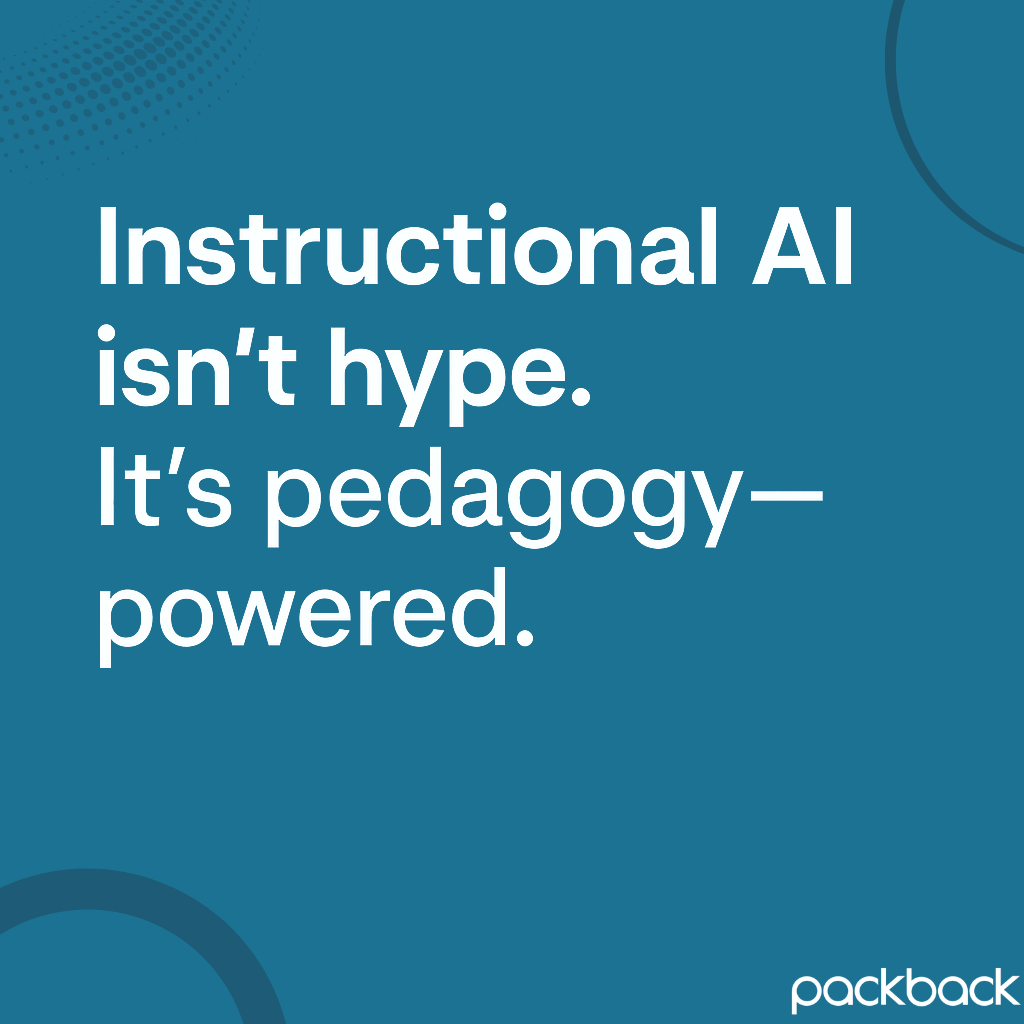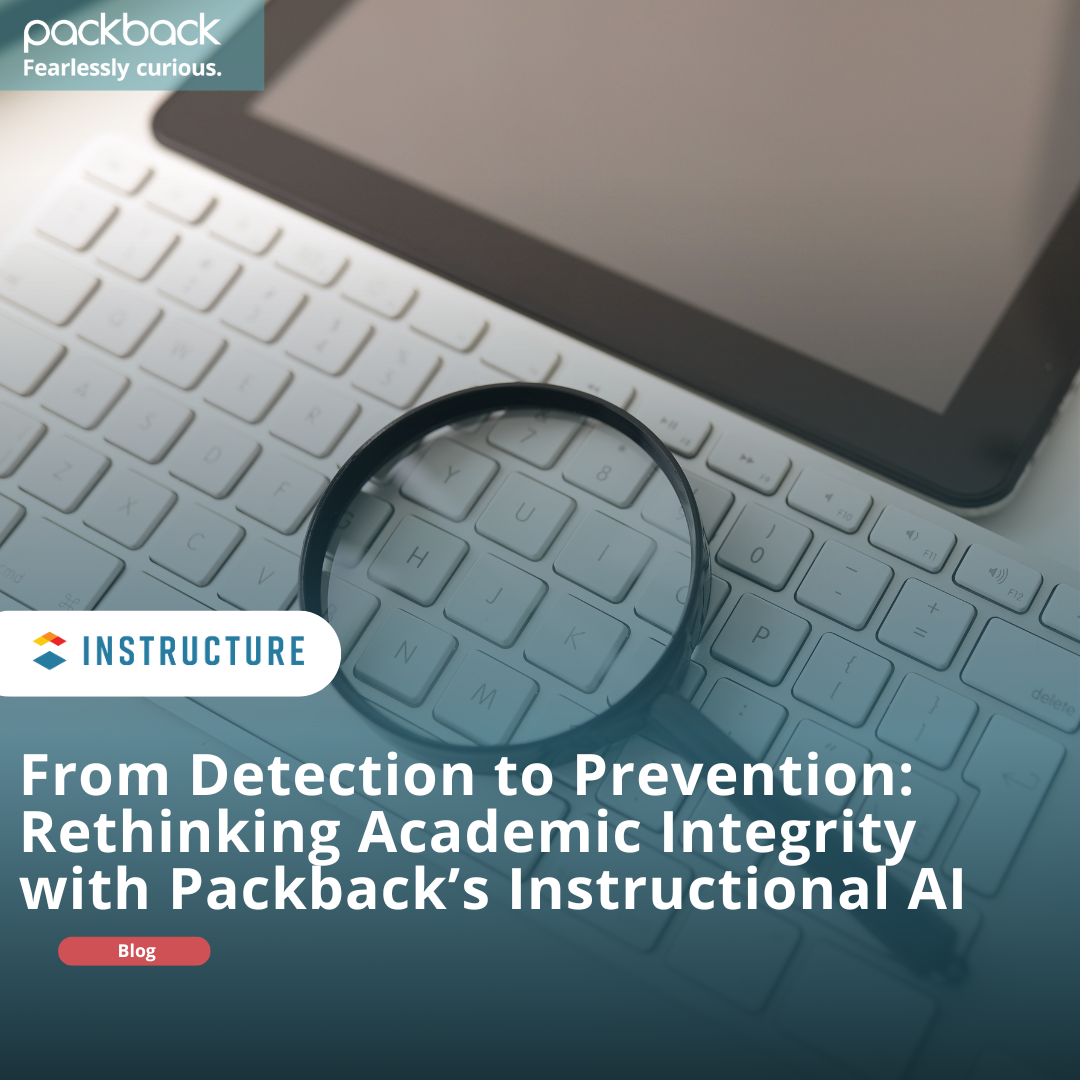As enrollment and class size increase, instructors face more challenges in keeping students engaged. According to a study from the University of Sussex, students in large lectures become passive recipients because the fast-paced environment doesn’t allow them to engage with course content. Whether classes are in-person or online, instructors must find ways to empower students to take ownership of their learning, such as incorporating discussion.
After teaching psychology at the University of North Carolina Charlotte for 12 years, Dr. Kathleen West found students who weren’t able to see how the material related to their other studies were the most disengaged in the class. These students, who are often preoccupied with electronic devices and don’t utilize time outside of class to study, can be challenging to reach.
One way Dr. West pulled her students away from their devices and into the classroom was by incorporating peer discussion. This interaction challenged students to explore the course content and formulate their viewpoints. Dr. West used discussions to tie in relevant course information and help students make connections between their learnings and current events. Dr. West found that giving students an outlet to participate at their own pace, students engaged more in class.

Value of Discussion
Improves critical thinking skills
Discussions encourage students to learn from one another and to articulate course content in their own words. The interactive dynamic of discussion challenges students to think critically about their questions, analyze responses from peers and can motivate them to take ownership of their learning. To lead meaningful discussions, instructors should take the time to explain the value of discussion. Let students know why discussions are essential and set clear expectations. Dr. West emphasizes the value of discussion every semester by sharing the similarity between a great question and the first three steps of the scientific method through making an observation, asking a question and forming a hypothesis.
Builds community
When students are encouraged to interact with their classmates, they’re more likely to develop relationships and feel comfortable. This is especially important in large classes where students aren’t able to communicate as much with their peers. Encouraging a back-and-forth dialogue exposes the whole class to new insights, perspectives and points of view.
Creates new connections
When students interact with their peers, they build familiarity and become curious about each other’s ideas. This curiosity helps students understand and connect material in new ways, driving interest in the subject matter. Their enthusiasm can grow outside of the core discussions and improve participation in other class activities and assignments.
Challenges to Discussions
Although discussions have many benefits, they can be a logistical nightmare. They are also dependent on students who often don’t feel like contributing, are unprepared or fail to acknowledge differing viewpoints. These challenges become more apparent in larger courses where students may be uncomfortable speaking in front of crowds and therefore resist participating in or preparing for the discussion.
Some of these challenges can transform into learning moments for students. And different methods of discussion can help prevent some of the common problems such as administrative burden, quality of discussion and student participation. Taking the time to understand different discussion methods and how they can work will help transform these common challenges into learning moments and lead to impactful academic discussions.
Tools and Methods for Implementing Discussion
Online Discussion Boards
A common concern in large classes is it seems impossible to facilitate discussions between hundreds of students. Also, many students aren’t comfortable sharing opinions in front of the entire class. Online conversations give students a sense of anonymity. It also allows them time to prepare their thoughts, which results in thought-provoking questions and responses. Some online discussion boards, such as Packback, even use artificial intelligence to help instructors moderate posts and provide scalable feedback to students. This scales online discussion and saves instructors from spending endless hours reading and responding to individual questions.
Small-Group Discussions
One way to bring in-class discussions to larger courses is with small groups. Break the class into manageable groups and assign each a discussion prompt to help students get the conversation started. Have the students discuss and debate their ideas with one another. Then have one member of the group report learnings to the entire class so students can hear various opinions. While students are discussing, instructors can walk around the classroom to clarify any misunderstandings or answer any questions. This technique is great for encouraging shy students in large classes to participate.
Role-playing
In smaller classes, role-playing is a great way to grab students’ attention. To facilitate a role play, an instructor creates a scenario and assigns roles for students to portray. This technique helps students look at concepts from varying viewpoints and develop new insights into the subject. This activity works best for small courses where the entire class can watch each group act out a scenario.
Debates
Debates can work in any size classroom, especially when discussing controversial topics. The class, either as a whole or in smaller groups, splits into opposing sides and works to construct reasoned arguments that address the subject and also consider points from the other side. If time allows, encourage students to debate opposing sides. This will help students understand opposing viewpoints and will strengthen their ability to build solid arguments.
Discussions can be easily implemented in a course without completely restructuring how the class is run. Encouraging students to have conversations about class material helps them make connections, improves critical thinking and builds community. And explaining the value of discussion to students helps them see why their conversations are important. Interested in learning how various discussion platforms compare? Check out the University of Georgia professor Dr. Matt Goren’s case study comparing how three discussion methods affect student learning outcomes.



